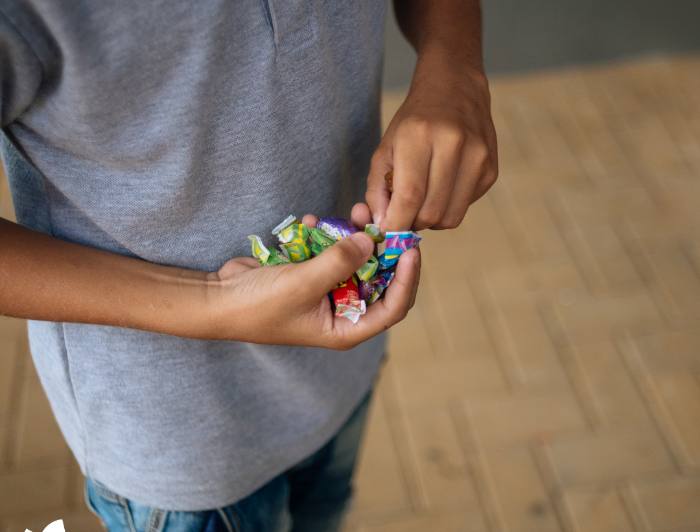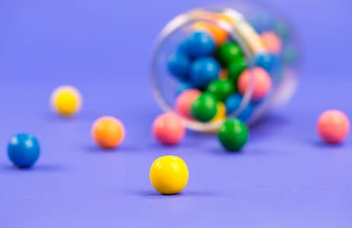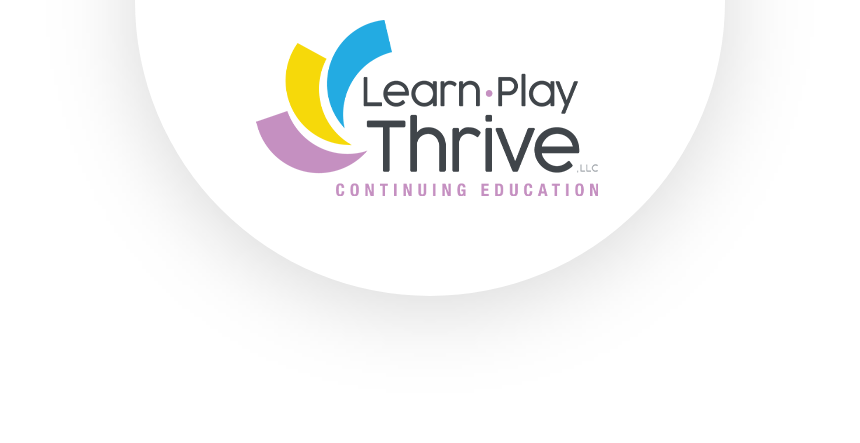Rethinking Reinforcers for Autism

None of us, neurotypical or otherwise, has an easy time doing things that aren’t meaningful or motivating to us. This is especially true for our young clients. So the question becomes: what motivators will we use? Rewards and praise? Or is there another way?
But then down the road we often find ourselves struggling. We know best practice is to help our clients generalize their skills to natural settings. But they’ve become pretty dependent on us sitting across the table doling out prizes. They may begin to demand the prizes, or refuse to work without them.
And the praise has become an issue too. They become part of the routine; the cue that says a child is on the right track. Some kids, when not praised, will undo their work or mark out their answers assuming they are incorrect. Others will simply not continue working until they are told they’ve done something correctly.
We wonder what we’ve done wrong…but we also note that to some degree, our clients are making progress and meeting their goals. So we keep plugging along with prizes and praise for lack of a better alternative.
It’s true that kids need to feel motivation in order to try new, challenging ativities. But there are some good reasons to move away from rewards, reinforcers, and praise in our work and towards something totally different.
Prizes and Praise: What’s the Big Issue?
One thing we know about how Autistic kids learn is that they tend to form routines quickly. And for many Autistic children, changing those routines once they are formed can feel stressful. Our job as therapists is to help our clients form routines that will work for them in their daily lives rather than create more challenges for them.
When we give a prize or offer praise after every activity or at every step of an activity, many of our young clients memorize this as a routine. And they will expect that routine to stay the same. After all, our routines make the world feel safe and predictable.
That’s why you may have a child who answers a question on their math homework, looks at you, and when you don’t say “That’s right! Good job!” they erase it and look at you again. In their minds, the routine is that when they get the answer right the therapist says “good job.”
Or you may have a child who does one step of the activity and stops, waiting for your praise. That means that with the way you’ve prompted, you’ve become part of the activity. The child expects you to interject between each step so that they know to continue.
The prizes or rewards present a similar but more complex challenge. For all of us, Autistic or not, when we are rewarded for doing something it can create what’s called a valence split. That means that the activity itself is bad (or at the very least, a chore), but we do it to get something good (the prize or reward). Research has shown over and over that rewarding kids for doing something actually reduces their intrinsic motivation to do that activity. Couple that with the strong routines of many autistic kids and you have a recipe for a continued need for rewards to keep the child working.
Often therapists use food as a reward, which is even more complex. Using food as a reward can also complicate a child’s relationship with food and undermine any possible feeding therapies for picky eaters.

If Not Rewards and Reinforcers, then What?
The good news is, there is usually another way to get your clients to take on new challenges without all of the drawbacks of prizes and praise. Here are just a couple of strategies that may help:
1) Show the steps of the activity and when it will be finished. None of us wants to start an activity if we can’t see what exactly we need to do and when and how it will be finished. This is especially difficult for autistic kids because they can’t always look at our learning activities (or listen to our instructions) and know what they are supposed to do or how much they are going to have to do before the activity will be finished.
No way I’d go into a new job if I didn’t know what time I’d be getting off work. Even worse if I didn’t understand what I was supposed to do while I was there. And I wouldn’t start writing my therapy notes if I didn’t know what to include in a note and I couldn’t tell exactly how many I needed to write before they were finished.
In order to show instructions and clarify finished, you need to know how to show your instructions in a way your child can understand. Consider that some of your younger or more concrete clients may not understand written language or pictures and may need the materials themselves to show them when the activity will be finished. Also consider that auditory is a relative weakness for kids on the spectrum, so telling them how much to do is probably not always the best way to do this.
You’ll want to learn how to use visual instructions at a level the child can understand (materials, object, photograph, symbolic picture, written, etc.). And you’ll also want to learn how to structure your materials so that the child can look at them and see what they are supposed to do. If you aren’t already familiar with tailored language, that’s a tool you’ll need as well to help with the receptive language piece.
2) Alternate preferred and non-preferred activities. We all do this for ourselves all the time. For example, “I’m going to get through this day of work, then I’m going to go for a hike.” It’s not a reward for doing well…I’m going to do it whether I do a good job or a crappy job. It’s just the next thing on my agenda.
If your client comes to the table and sees five difficult activities, chances are they aren’t going to want to be there. But if you can show them that they’ll be doing a mix of things they like and understand and things that are new and challenging (that have a clear finished point!), you’re much more likely to get their buy-in.
The same goes for the schedule. First-then is a powerful tool. For example, with my young clients, this is often “first table time, then play.”
Give It a Try!
While there’s nothing wrong with an occasional declaration of praise (“You tried something new, I’m SO PROUD OF YOU!”) Relying on praise and tangible reinforcers to get your clients to try new activities has a great deal of drawbacks.
So try something new! The best opportunity you have for setting up the expectation that there won’t be rewards and praise is when you first start working with a client. So with your next new autistic child on your caseload, give it a try! Set up the activities so that they can see the instructions, see the steps, and see when they will be finished. Alternate preferred and non-preferred activities.
And consider other strategies like incorporating their interests into the learning activities. And then just see what happens! You can always adjust your game plan based on what your client teaches you about what’s meaningful and motivating to them.
For more specific examples and ideas on how to encourage your autistic clients using a strengths based approach instead of reinforcers, check out the Learn Play Thrive educational offerings.



